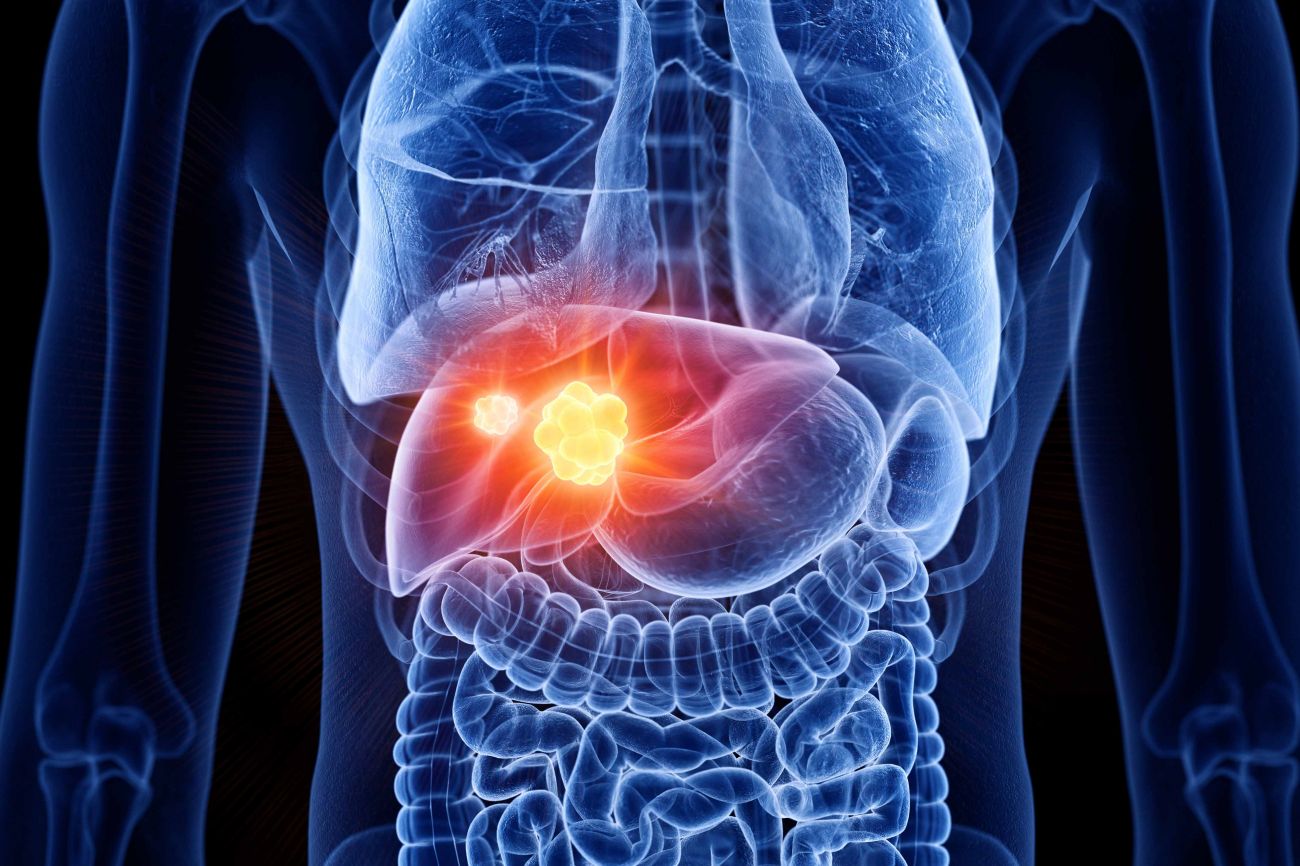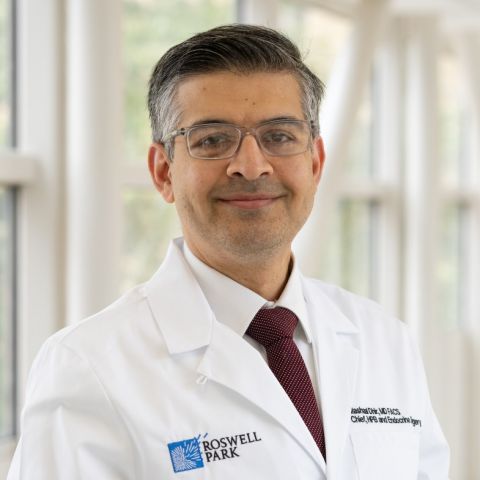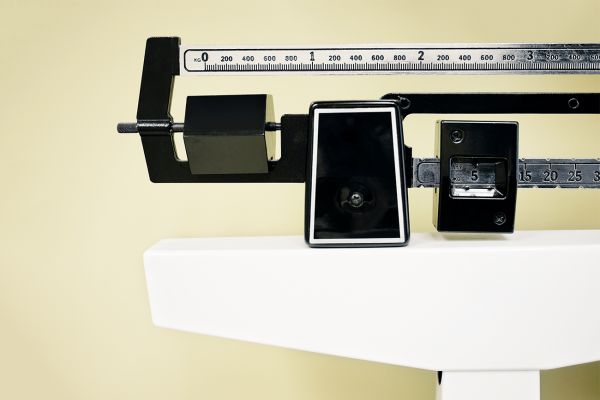Formerly known as fatty liver disease, this condition may affect your risk for cancer
Steatotic liver disease (formerly called “fatty liver disease”) is a condition in which excess fat builds up in the liver cells. In many people this buildup is harmless, but in some, it can trigger inflammation, liver cell damage, scarring, and, in advanced cases, liver cancer.
Today, about 1 in 4 adults in the United States has some form of steatotic liver disease, and the number is rising.
What causes steatotic liver disease?
The liver is the body’s main detoxification organ, filtering harmful substances from the blood and helping with digestion and energy balance. “When fat accumulates in liver cells, it can strain these functions,” explains surgical oncologist Mashaal Dhir, MD, FACS, of Roswell Park Comprehensive Cancer Center, who specializes in treating patients with liver, pancreatic, and biliary cancers.
Several factors can contribute to the development of steatotic liver disease:
- Obesity or being overweight
- Type 2 diabetes or high blood sugar
- High blood fats, especially triglycerides
- Genetic factors
- Alcohol use (alcohol-related steatotic liver disease)
- Certain medications or drug-induced liver injury
- Underlying conditions such as celiac disease or severe malnutrition
In fact, 75%–90% of adults with obesity or diabetes also have some degree of fatty liver. The condition is especially common in people with metabolic syndrome — a cluster of conditions that includes high blood sugar, increased waist circumference, high blood pressure, and abnormal cholesterol or triglyceride levels.
From steatosis to liver cancer
In most cases, steatotic liver disease is mild and does not cause noticeable symptoms. However, in some people, fat buildup leads to inflammation and scarring, eventually progressing to cirrhosis. Cirrhosis significantly increases the risk of developing hepatocellular carcinoma, the most common type of liver cancer.
We do not yet fully understand why some individuals with steatotic liver disease develop cancer while others do not. However, several factors may increase the risk of progression to cirrhosis or liver cancer:
- Obesity
- Type 2 diabetes
- Metabolic syndrome
- Viral hepatitis
- Younger age at onset of fatty liver disease
In 2023, experts renamed this group of conditions metabolic dysfunction–associated steatotic liver disease (MASLD) to more accurately reflect the underlying cause and to remove the stigma associated with the term “fatty.” A more severe form of the condition, previously known as nonalcoholic steatohepatitis (NASH), involves fat plus significant liver inflammation and scarring. This has also been renamed as metabolic dysfunction-associated steatohepatitis (MASH).
With rising rates of obesity and diabetes, MASLD is projected to become a leading cause of cirrhosis — and potentially surpass viral hepatitis as the primary risk factor for liver cancer in the future.
Most people with steatotic liver disease have no symptoms. When symptoms do occur, they may be vague, such as fatigue or a feeling of fullness or discomfort in the upper right abdomen. The condition is often discovered incidentally — for example, during imaging for another reason, such as gallstones.
Can treatment reduce cancer risk?
The good news is that the liver is a resilient organ. In its early stages, steatotic liver disease can often be reversed. Lifestyle changes are the most effective strategy to protect the liver and reduce the risk of cirrhosis and cancer. These include:
- Eating a balanced, nutrient-rich diet
- Losing weight if overweight
- Exercising regularly
- Avoiding or limiting alcohol
- Managing high cholesterol and triglycerides
At present, there are no approved medications that specifically treat MASLD or MASH, but multiple drugs are under investigation in clinical trials.
Protecting your liver health
The best defense against MASLD and liver cancer is early action, advises Dr. Dhir. “If you have risk factors for MASLD such as obesity, diabetes, or a family history of liver disease, talk with your doctor about steps you can take to improve liver health. Even small changes — like adjusting diet, weight loss, and increasing activity — can make a lasting difference. If you have cirrhosis of the liver, then talk to your doctor about screening for liver cancer.”




